In February 1893 George Moodie set off from Dunedin, a city on the south east coast of New Zealand, to Mount Cook. He was on a photographic trip on behalf of the Burton Brothers company, a local studio that sold prints of landscapes and portraits taken throughout New Zealand. Moodie spent three weeks in the area photographing the glaciers and mountain ranges.
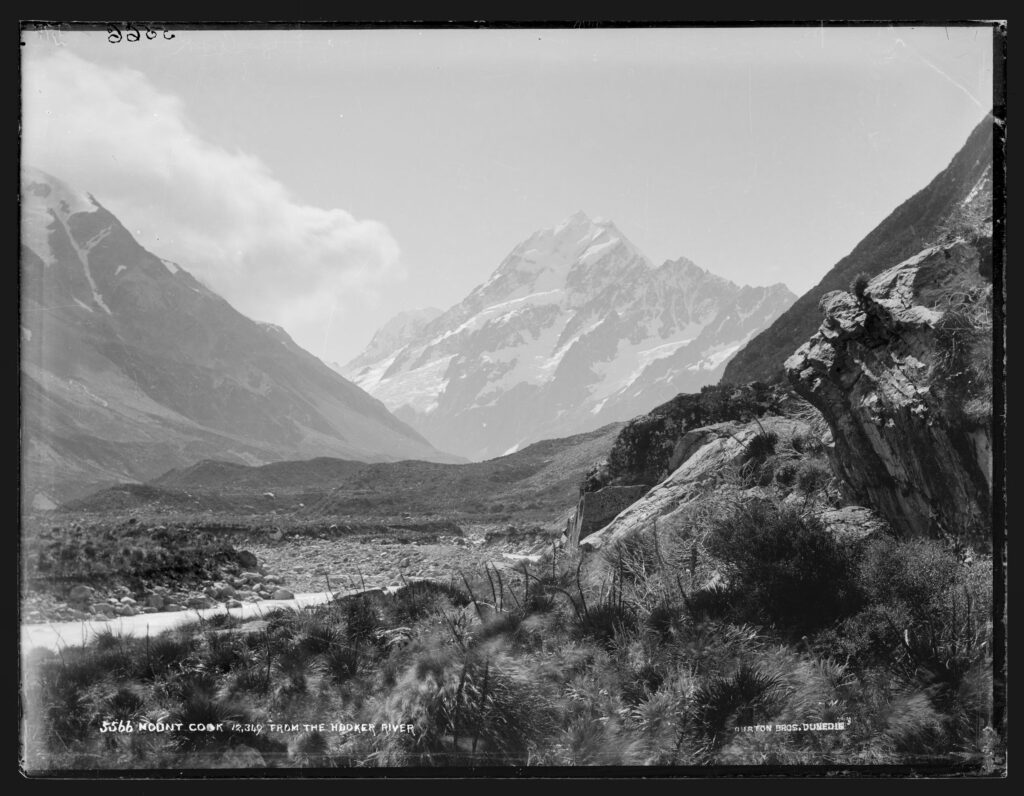
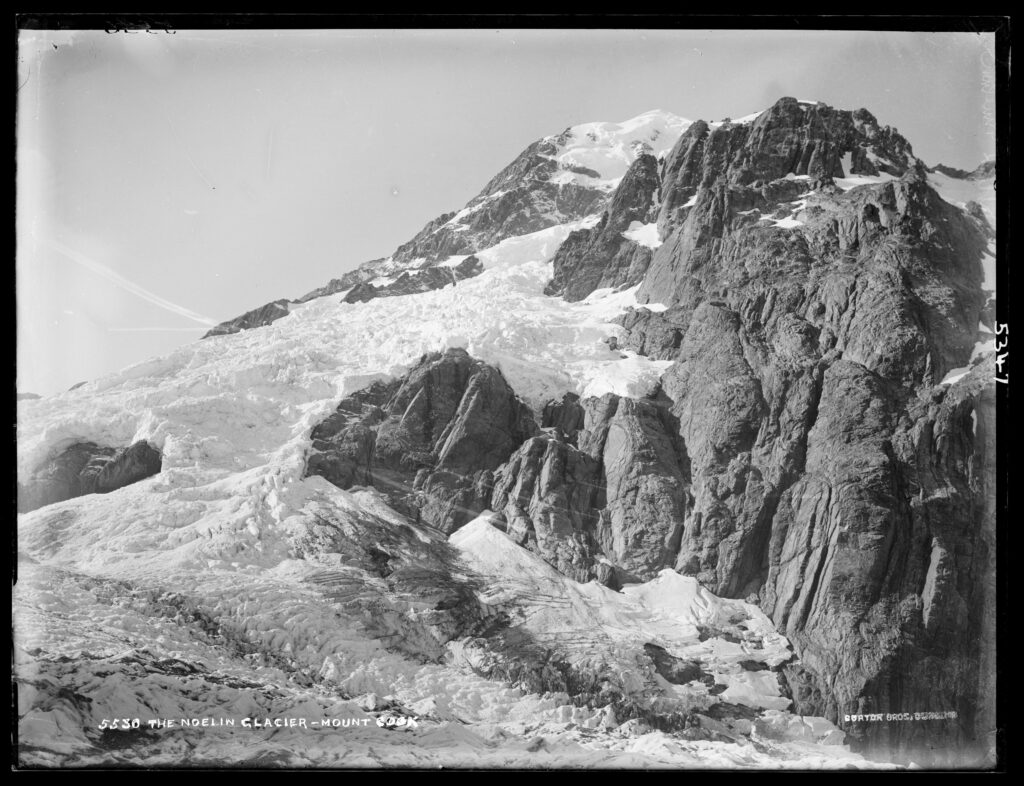
He brought several cameras with him, including a massive 18 x 14” camera setup. The camera, tripod, kit, and plates needed to shoot this would be around 20kg (45 pounds) alone. Moodie was the sole photographer, but had two men with him on the trip who doubled as mountain guides and equipment carriers – a necessity when most days they were walking up glaciers or the sides of mountains. Moodie details his trip in the NZ Alpine Journal of November 1893. It’s from this we learn the details of his camera equipment and trip. His three weeks were based out of the Hermitage, and involved many trips up the Mueller, Hooker, and Tasman Glaciers. He recounts tales of sheltering in huts, and pitching bivouacs up the glaciers for better access.
The morning broke fine. We were up at 6, breakfasted, packed our things, which consisted of the big camera, a dozen 18 x 14 plates, dark tent, tripod, focussing cloth, lens, and lunch, dividing these equally between guide and myself. We did not want any more.
Eight o’clock saw us making for the clear ice of the great Tasman Glacier, Mr. Blackett keeping us company, taking his pocket camera with him. The first view (and perhaps the finest out of all the 176 different views I took) was of the famous Hochstetter ice falls. What a marvellous and indescribable sight, this fall of over 4,000 feet of beautiful sérac ice presents to the eye, with its great pinnacles continually toppling over, and crashing down with a dull roar. The large 18 x 14 lens brings out the broken ice to perfection ; the 12×10 and full plate of same are not to be compared with it. I may here say Mount Tasman in this picture shows up grandly in the background.
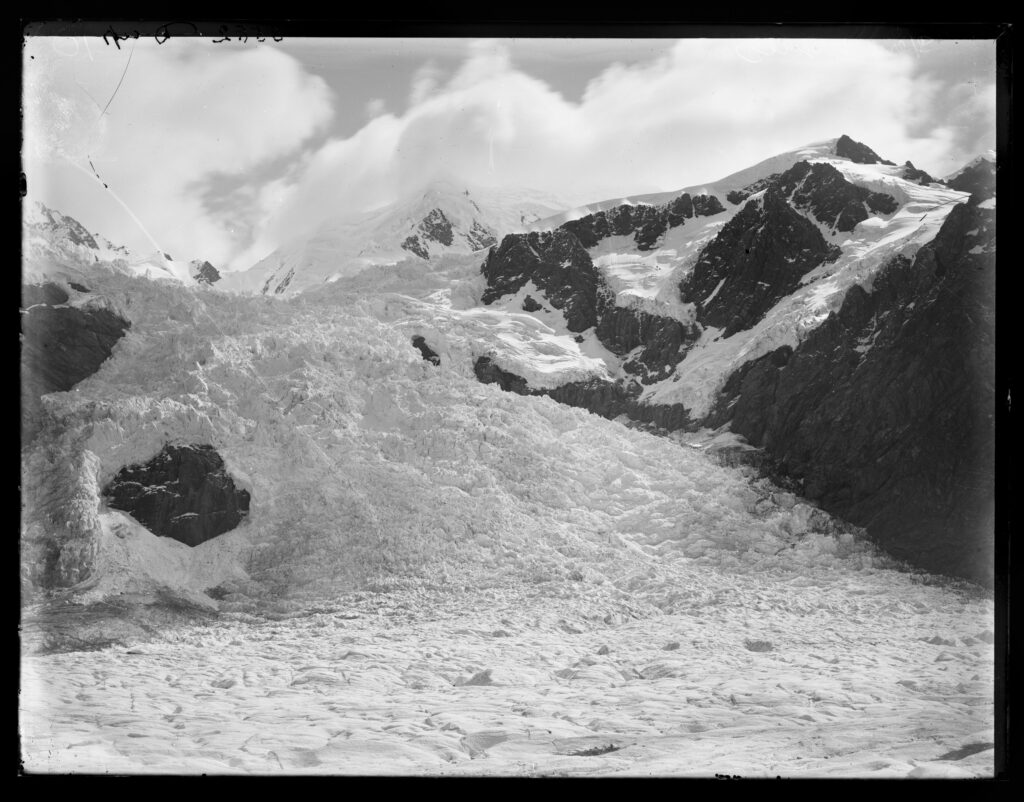
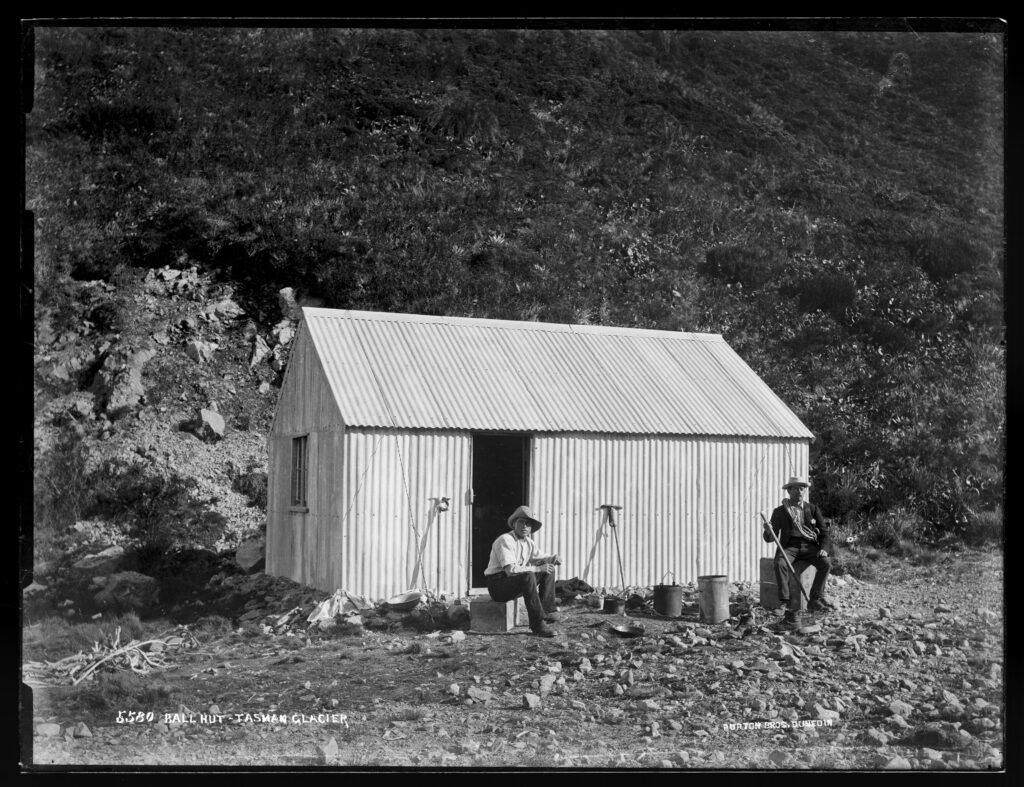
Aside from aesthetically pleasing landscapes, these photographs capture a point in time when the glaciers in the area ran several hundred metres further down the valleys than they do today. When doing day walks around the Hooker and Tasman areas you can barely glimpse the faces of the respective glaciers in the distance. In Moodie’s day, they would have been running right down to where you can walk. I geolocated most of the images using Google Earth. Despite the glaciers mostly gone, the ridelines have hardly changed – Sefton of note. Moodie’s written account also touches on what hasn’t changed: local wildlife (Keas are a native, alpine parrot), and the photographer’s plight.
The Keas are most interesting and amusing birds, and I was thankful for their company. I don’t know what I should have done without them the two days I spent alone. While taking the above view, I nearly lost my camera; it was placed on the edge of a precipice, and I was just stooping down to get a dark slide, when a gust of wind came, and over it went. I made a grasp at one leg when it was half over, and just caught it ; it was a good while before I forgot this incident, for the loss of the camera would have left me in a sorry plight.
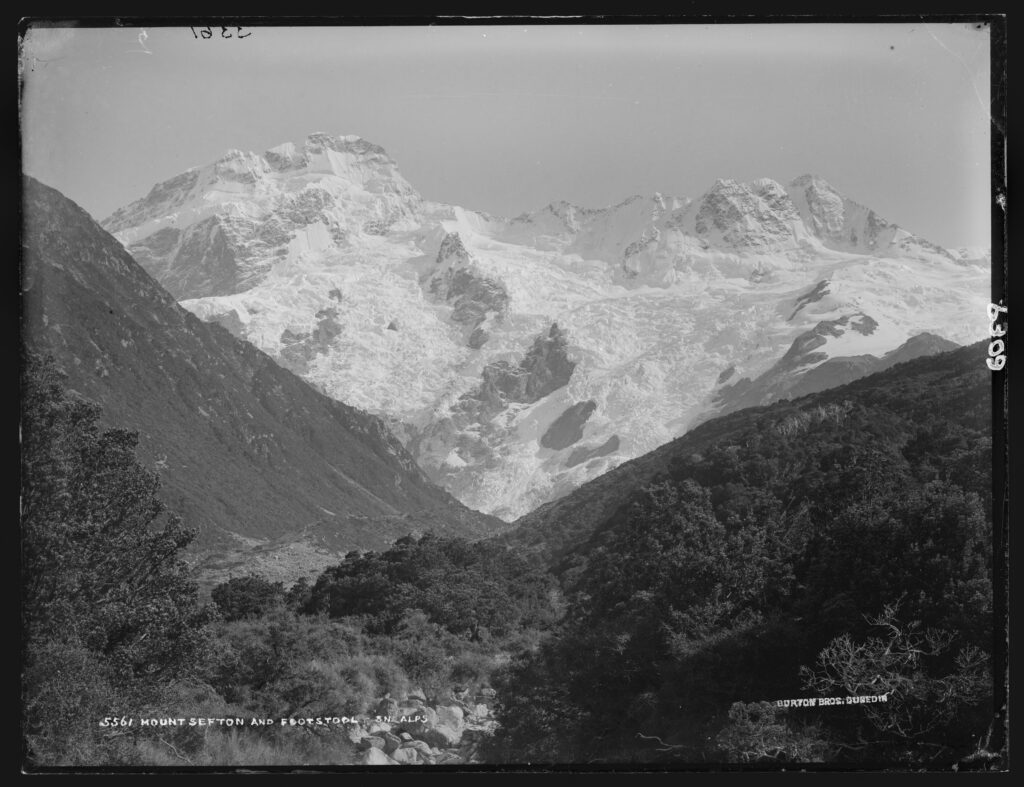

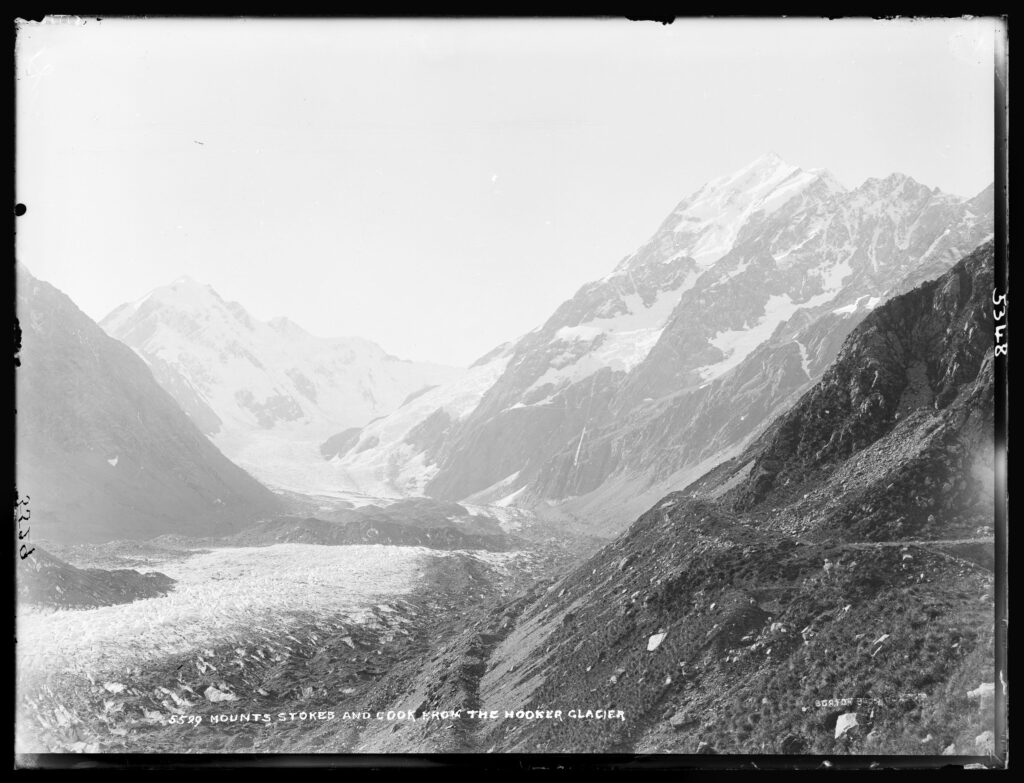
This photograph was taken in the Hooker Valley with Mount Stokes on the left and Mt Cook on the right, a familiar perspective for anyone who has walked the Hooker Valley Track. Taken mid way up the current day Hooker Lake which in Moodie’s day was still glacier.

Moodie writes that he took a total of 176 compositions, some of which have been preserved in the Burton Brothers collection of Te Papa today. Burton Brothers, as a company, dates back to 1866 when the “Grand Photographic Saloon and Gallery” was opened in Dunedin. The company closed in 1916, and its set of roughly 5000 negatives and associated material was later purchased by the New Zealand national museum. The plates were preserved in the museum archive, and some scanned and made available through the online collection.
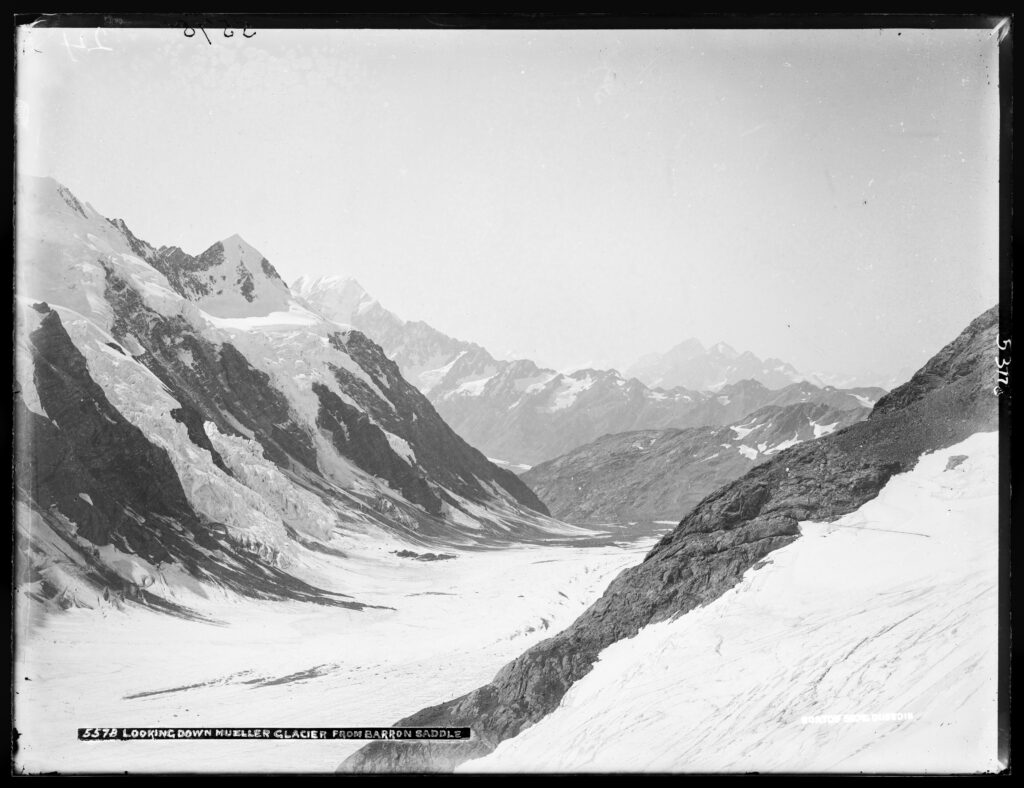
Amusingly, within his account published in the NZ Alpine Journal, Moodie writes a lot about the gear he used. I don’t know how readers of the journal interpreted it, but now that it has a proper audience I have published the full list at the bottom of this blog. No affiliate links on the camera or lenses, but some familiar names with the film.
Gear
Cameras
- 18 x 14 camera (large format, nicknamed “Big Ben”)
- 7½ x 5 camera
- 12 x 10 camera
- Full plate camera
- Stereoscopic camera
Plates/Film
- 18 x 14 plates
- 12 x 10 plates
- 8½ x 6½ plates
- 7½ x 5 plates
- Full plates
- Stereo plates
Plate Brands/Types
- Ilford Ordinary
- Ilford Rapid
- Edward’s Isochromatic
- Wratten’s Ordinary
- Wratten’s Instantaneous (used for all 18×14 work)
- Wratten’s Slow (his preferred for snow work)
Supporting Equipment
- Dark tent
- Tripod
- Focussing cloth
- Dark slides
I have published Moodie’s full account from the journal, and interspersed it with his images that have been digitised. I’ve placed and captioned the photographs using Google Earth. I think they are mostly correct. Read it, and see many more photographs at: Seven Weeks with the Camera among the Glaciers of Mt Cook.
Share this post:
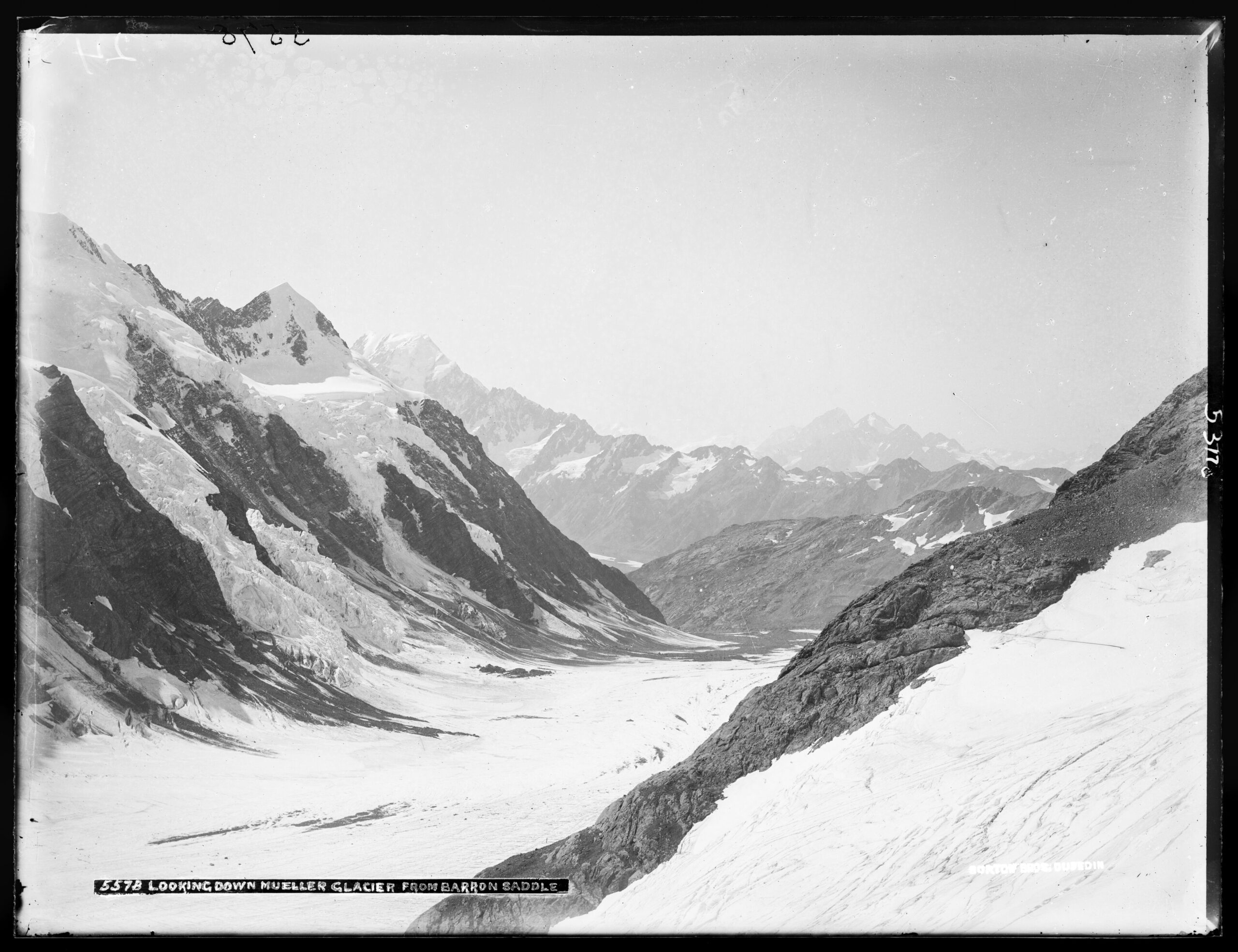
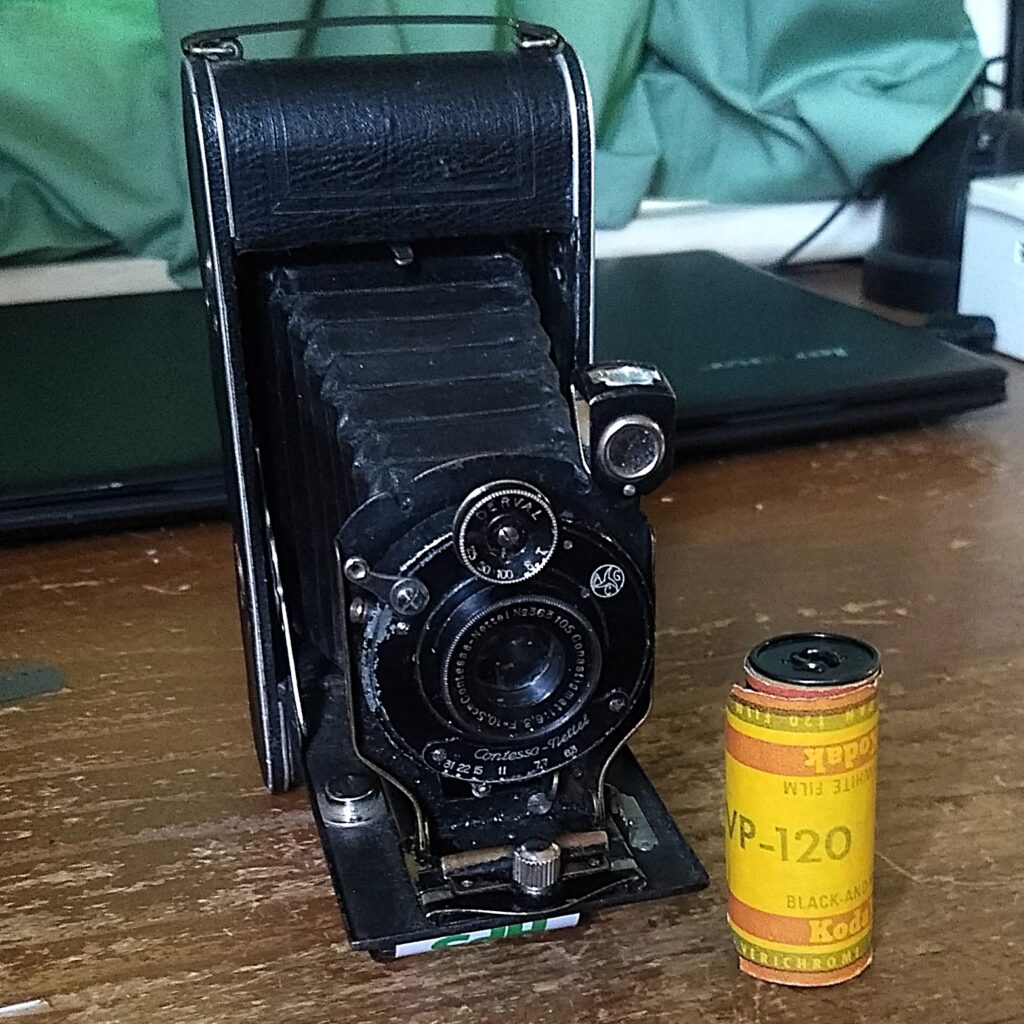
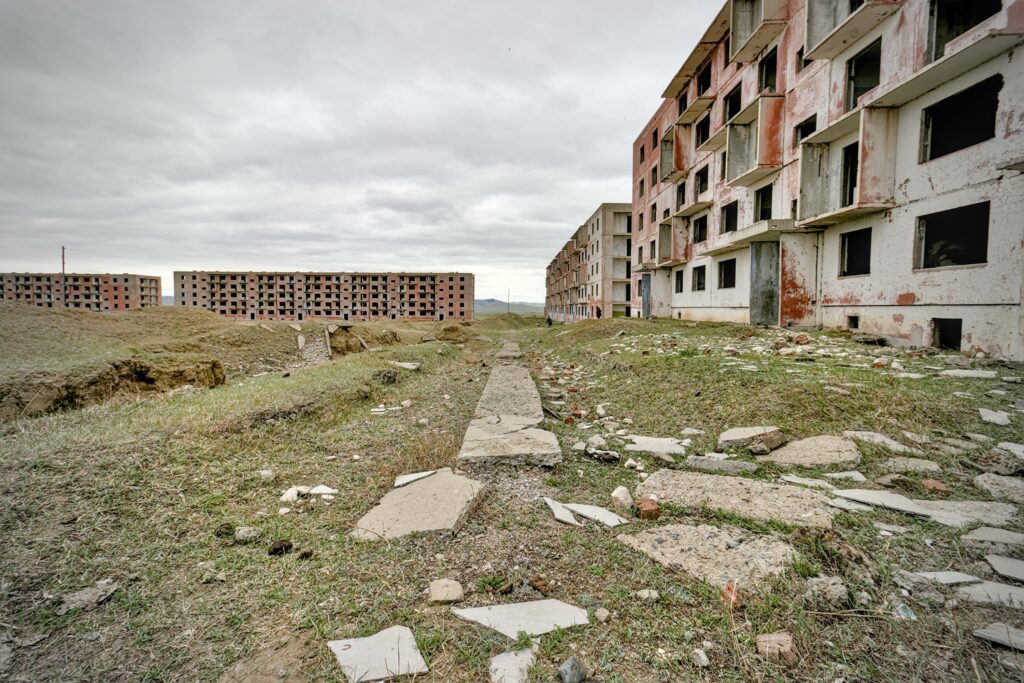


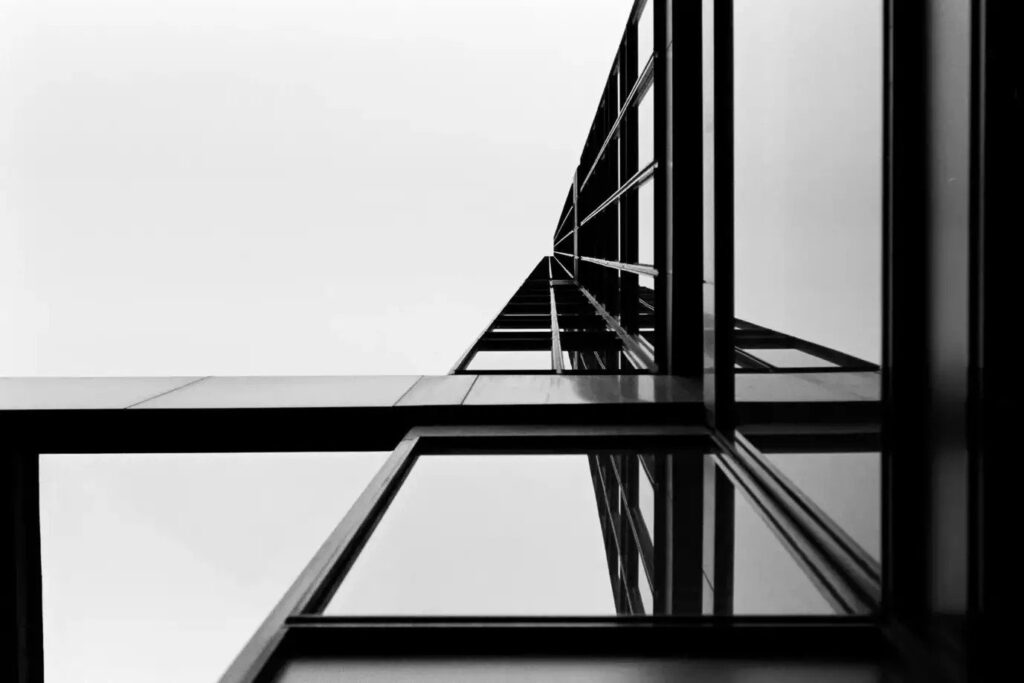


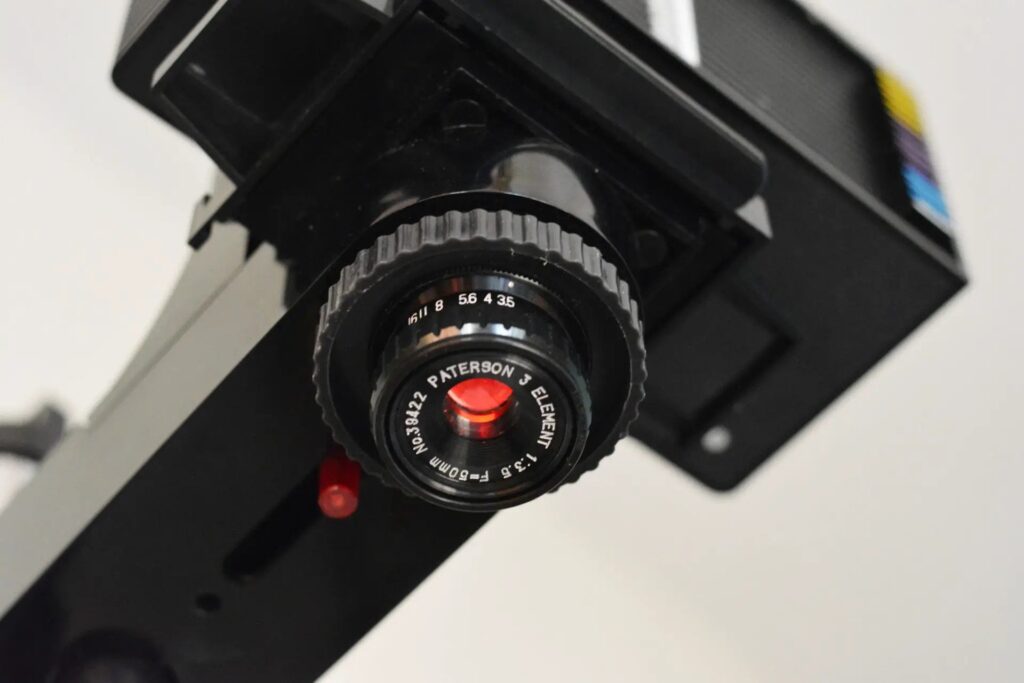
Comments
Gary Smith on Mount Cook and the Glaciers, 1893
Comment posted: 01/11/2025
Curtis Heikkinen on Mount Cook and the Glaciers, 1893
Comment posted: 01/11/2025
Alastair Bell on Mount Cook and the Glaciers, 1893
Comment posted: 01/11/2025
Jeffery Luhn on Mount Cook and the Glaciers, 1893
Comment posted: 01/11/2025
Thanks for sharing these amazing photos. The quality is extraordinary. What a massive effort was required to haul that gear over such difficult landscape to get the shots. So happy to read that the photo plates were preserved.
Back in 1978, my cousin and I went to New Zealand for a few months and did a lot of walking: Routeburn, Milford, Kepler, and other tracks. We walked quite far up the Franz Josef glacier. We also got down to Stewart Island in the south and many places in the North Island. Back then it was easy to hitch hike and people were always offering to bring us home. I've always wanted to return. Although tourism has certainly expanded, I'm told that wilderness preservation efforts have been successful in keeping NZ beautiful. It's a gem.
Jeffery